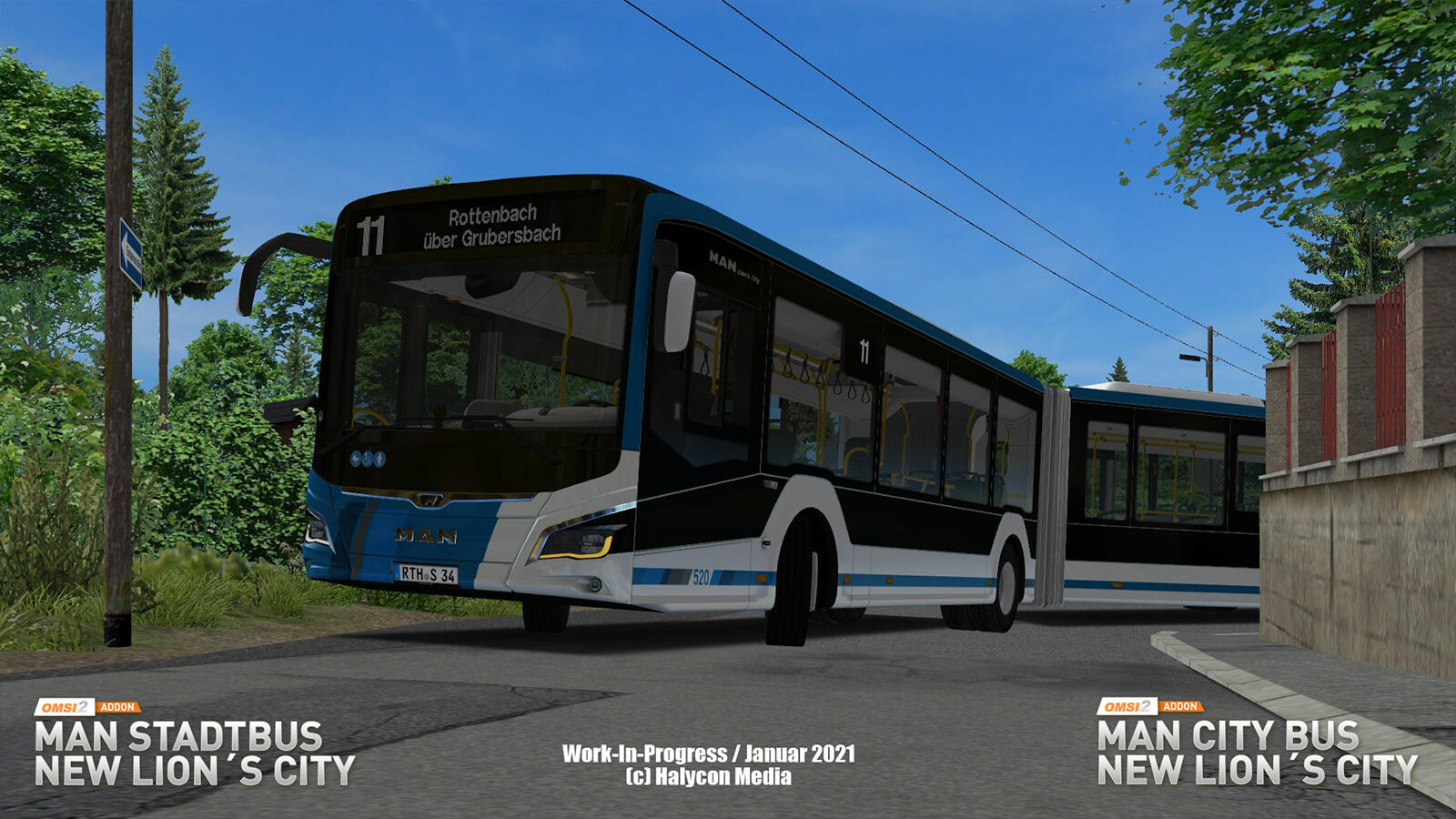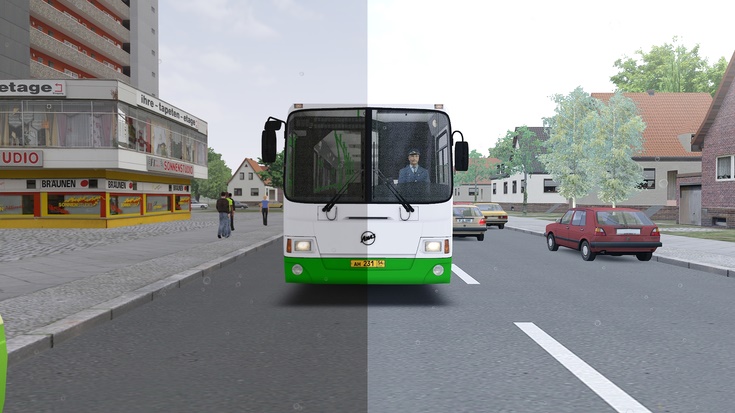
Open it up, click Convert… and select your. In the folder that we previously made for the SDK in C:\m-r-software\SDK\ there is an application called ‘OmsiXConv.exe’. You now have successfully exported an.From the left locate “Export DirectX” and make sure “Rotate X 90 Degrees” is NOT checked! If checked your object will appear vertically.
 Now if you are an more advanced user you may want to recalculate the normals, but this is not a must!. It may be not positioned correctly in the center and may be far away but you’ll just have to move it into the center grid of blender via the x,y,z Export it in your desired folder (for example we’ll take C:\Models). Also if you have any objects in Blender or other modeling software, export into those filenames below for better compatibility in Blender afterwards. Make sure you have SketchUp Pro, because the file-extensions that it exports are more compatible with Blender. You won’t need any configuration for SketchUp. Save as default (so you won’t have to this every time you open Blender). Select Add-Ons and on the left Import-Export, search for “Import-Export: DirectX Model Format (.x)” and select it. It is perfectly functional just as in the OMSI directory. You won’t have to do this if you unzip the SDK Files in OMSI, but i wouldn’t do that because of reasons it is unofficial and may be unstable, so I don’t want it to stay in my OMSI directory. Copy qtintf70.dll from the OMSI folder into the SDK folder. Unzip it to C:\m-r-software\SDK\ or any other directory. If you just scroll down the article it may look scary, but is far from that, converting an object is a very easy job that anyone can do. Download SketchUp Pro (free trial, $495 for a license, but…). Download Blender (free and very awesome). Download the SDK (this is unofficial and still very buggy, but does the job fine). In this article I’m going to try to explain how to do a basic convert of a 3D object into OMSI, and also I’ll cover the configuration file, so it’s 100% ready for the map-editor.īefore we begin, you must ensure you have completed these steps:
Now if you are an more advanced user you may want to recalculate the normals, but this is not a must!. It may be not positioned correctly in the center and may be far away but you’ll just have to move it into the center grid of blender via the x,y,z Export it in your desired folder (for example we’ll take C:\Models). Also if you have any objects in Blender or other modeling software, export into those filenames below for better compatibility in Blender afterwards. Make sure you have SketchUp Pro, because the file-extensions that it exports are more compatible with Blender. You won’t need any configuration for SketchUp. Save as default (so you won’t have to this every time you open Blender). Select Add-Ons and on the left Import-Export, search for “Import-Export: DirectX Model Format (.x)” and select it. It is perfectly functional just as in the OMSI directory. You won’t have to do this if you unzip the SDK Files in OMSI, but i wouldn’t do that because of reasons it is unofficial and may be unstable, so I don’t want it to stay in my OMSI directory. Copy qtintf70.dll from the OMSI folder into the SDK folder. Unzip it to C:\m-r-software\SDK\ or any other directory. If you just scroll down the article it may look scary, but is far from that, converting an object is a very easy job that anyone can do. Download SketchUp Pro (free trial, $495 for a license, but…). Download Blender (free and very awesome). Download the SDK (this is unofficial and still very buggy, but does the job fine). In this article I’m going to try to explain how to do a basic convert of a 3D object into OMSI, and also I’ll cover the configuration file, so it’s 100% ready for the map-editor.īefore we begin, you must ensure you have completed these steps: 
So I looked up on the internet for tutorials, and there were some, but unfortunately written in poor english. I needed static vehicles, light poles, different street markings and signs, everything. I couldn’t drive it, but i managed to borrow some really nice objects from there! After some time i got in a state where my map needed custom objects from my region in Europe that no one made them for OMSI. So the first map with fairly new objects for me was Ljubljana. Not stating that they’re bad, but you can’t reuse them on every single map, the drivers wouldn’t like it.


When i first started using the OMSI Map Editor i got very bored from the same static objects that were in OMSI from the Berlin and some other german maps. Update: Make sure before you export in SketchUp to invert the red axis, because the object will appear reversed!








 0 kommentar(er)
0 kommentar(er)
